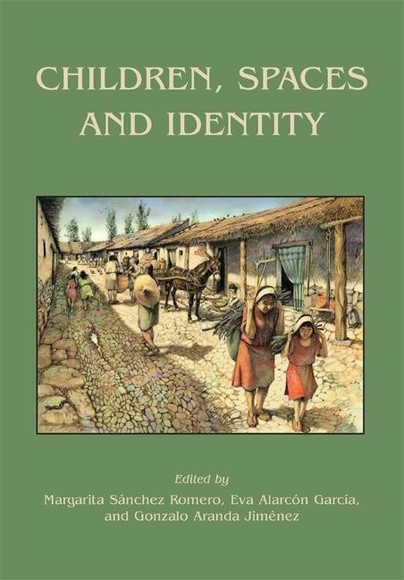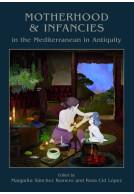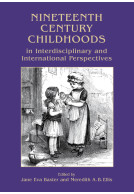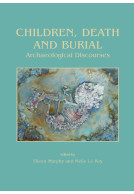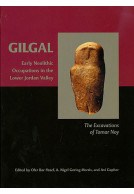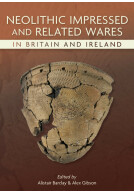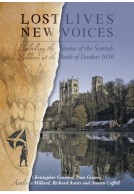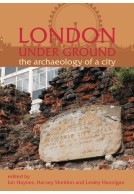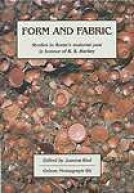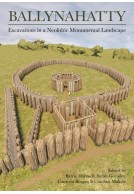Children, Spaces and Identity (Paperback)
Imprint: Oxbow Books
Series: Childhood in the Past Monograph
Pages: 384
Illustrations: b/w illustrations
ISBN: 9781782979357
Published: 31st July 2015
Script Academic & Professional
Series: Childhood in the Past Monograph
Pages: 384
Illustrations: b/w illustrations
ISBN: 9781782979357
Published: 31st July 2015
Script Academic & Professional
You'll be £14.95 closer to your next £10.00 credit when you purchase Children, Spaces and Identity. What's this?
+£4.99 UK Delivery or free UK delivery if order is over £40
(click here for international delivery rates)
Need a currency converter? Check XE.com for live rates
(click here for international delivery rates)
Need a currency converter? Check XE.com for live rates
How do children construct, negotiate and organize space? The study of social space in any human group is fraught with limitations, and to these we must add the further limits involved in the study of childhood. Here specialists from archaeology, history, literature, architecture, didactics, museology and anthropology build a body of theoretical and methodological approaches about how space is articulated and organised around children and how this disposition affects the creation and maintenance of social identities. Children are considered as the main actors in historic dynamics of social change, from prehistory to the present day. Notions on space, childhood and the construction of both the individual and the group identity of children are considered as a prelude to papers that focus on analysing and identifying the spaces which contribute to the construction of children’s identity during their lives: the places they live, learn, socialize and play. A final section deals with these same aspects, but focuses on funerary contexts, in which children may lose their capacity to influence events, as it is adults who establish burial strategies and practices. In each case authors ask questions such as: how do adults construct spaces for children? How do children manage their own spaces? How do people (adults and children) build (invisible and/or physical) boundaries and spaces?
Other titles in the series...
Other titles in Oxbow Books...







